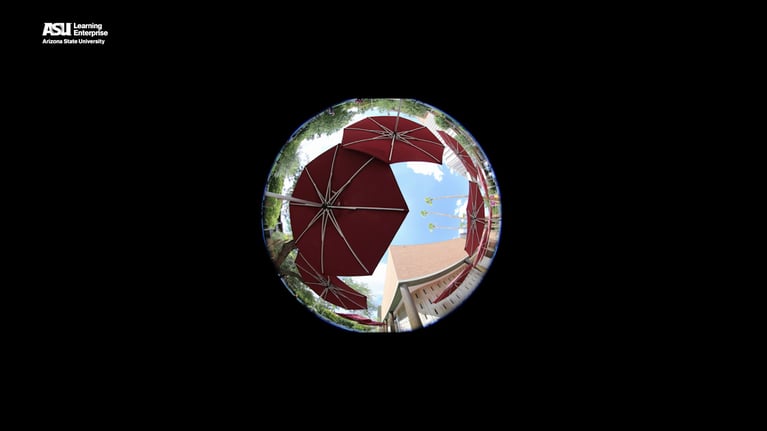Animals instinctively adapt to hot environments, from big cats seeking shade to camels facing the sun to minimize heat absorption. Humans, too, can adapt their environments for heat mitigation. Three key urban design strategies include green infrastructure, modifying urban materials, and changing the built environment's form. Green infrastructure like trees and shrubs cool the environment through evapotranspiration and shade. Modifying urban materials involves replacing impervious surfaces or increasing surface albedo to reflect sunlight. Changing urban form, such as building arrangement and height, can impact wind flow, air temperature, and shade patterns. However, these strategies come with trade-offs and must be tailored to local contexts. Through careful urban infrastructure choices, we can mitigate dangerous heat and create comfortable living spaces.
Outdoor heat can be mitigated using three urban design strategies: adding green infrastructure, modifying materials in the urban fabric, and changing the form of the built environment.
Green infrastructure such as trees, shrubs, and grass help cool the environment through evapotranspiration. Plants take up water through the roots and release it to the atmosphere by transpiration, and water also evaporates directly into the atmosphere from the soil, stems and leaves of a plant. In addition, trees mitigate heat by providing shade, which reduces the radiant heat load or mean radiant temperature on the human body and surface temperatures under the canopy. To mitigate heat using green infrastructure, cities worldwide from Austin, Texas to Sydney, Australia, have adopted “urban forestry” plans with city-wide canopy goals as a framework to invest in tree planting. For example, the City of Phoenix’s “tree and shade” master plan envisions 25 percent tree canopy cover by the year 2030. In more tropical climates, municipalities have invested in green walls and green roofs. Singapore is known for its vertical gardens and living green walls, and the City of Chicago has over 500 vegetated roofs. Green infrastructure also has various co-benefits to mitigating heat: it reduces building energy use, improves air quality, enhances stormwater management, and improves quality of life.
The second heat mitigation strategy involves the materials we use to build cities. Replacing impervious surfaces such as concrete or asphalt with pervious materials such as gravel and grass helps reduce the urban heat island but may not always be practical, because our cities need gray infrastructure to function. Alternatively, the albedo--that is the ability of a surface to reflect sunlight--can be changed to reduce the amount of heat that is stored in the urban fabric. The higher the albedo, the more incident radiation is reflected back into the atmosphere. Many cities around the world have experimented with cool roofs, which are either white or have some other lighter shade color and can reflect 60-90% of the sunlight. More recently, a similar strategy has been developed for streets. Cool Pavement is an emerging technology that increases the solar reflectance of conventional dark pavements to reduce surface temperatures.
The third design strategy to mitigate heat is urban form. The type and arrangement of buildings impacts wind flow, air temperature, and shade patterns. Shade is a major driver of thermal comfort and heat stress, so tall buildings are an effective shading strategy.
All heat mitigation strategies come with tradeoffs. Green infrastructure requires water to grow, which will strain resources in hot dry areas such as Phoenix. Increased albedo at street level elevates the heat load on the human body and makes roads a little less comfortable for walking during the day. Changing urban form is a process that takes time, because we can’t rebuild our cities overnight.
There is no one-size-fits-all solution to heat mitigation, and the best strategy always depends on the local context.


